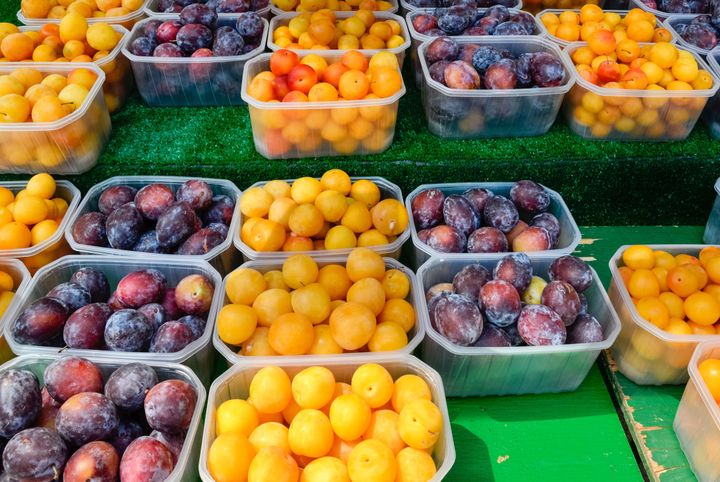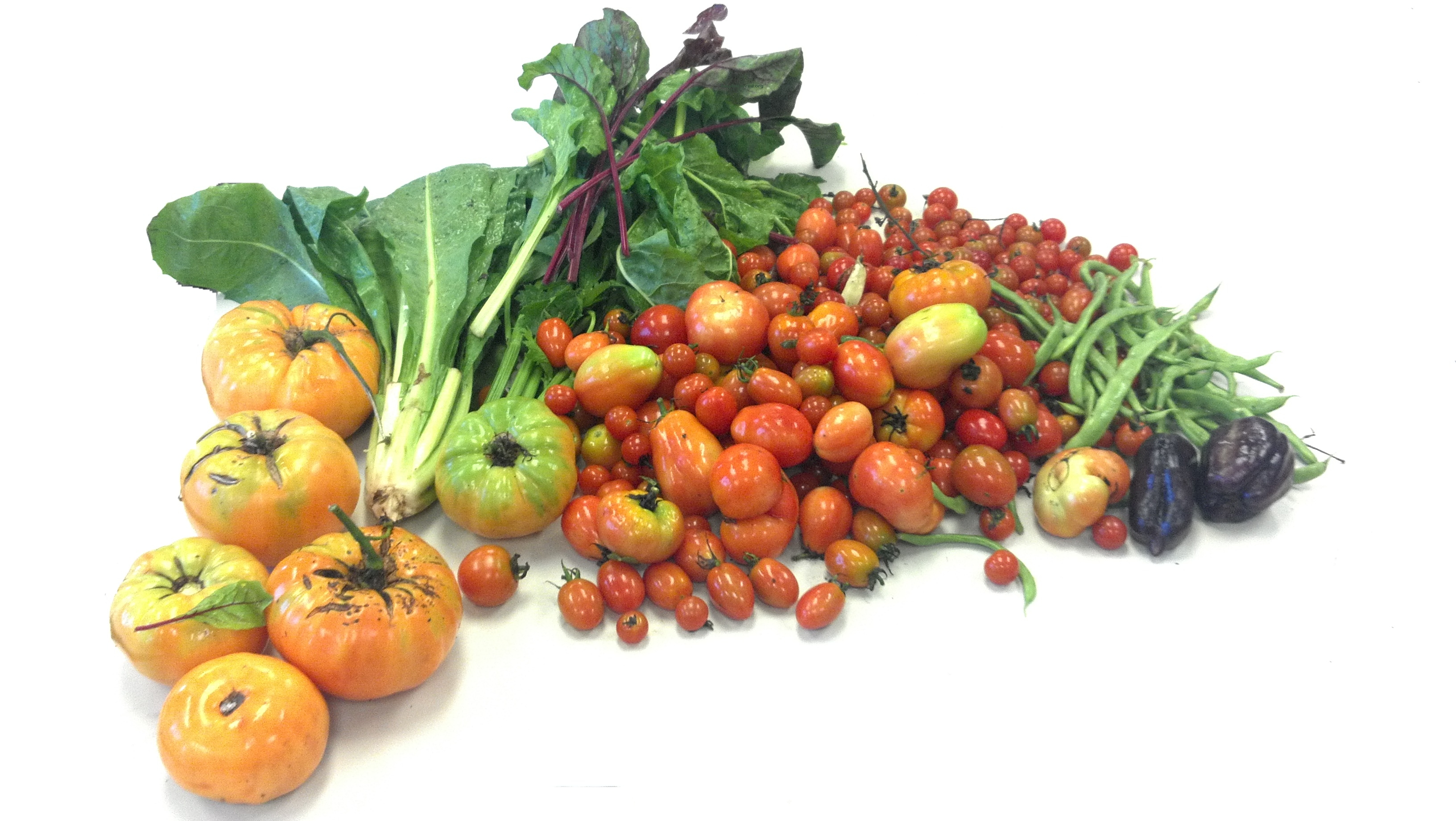
Not all that long ago, business and personal correspondence was conducted by pen and post. Letters and magazines sent were received some days later after delivery by a man in a blue jacket -- as they had been since soon after the days of Benjamin Franklin.
Viruses were things you got from kissing and spam was something you ate.
Being charitable was bringing extra crops to a neighbor, putting money on the plate or mailing it in an envelope and was often more community than country focused as neighbors helped their neighbors in need.
Today, that man (or woman) delivering the mail is more likely to bring bills and circulars than letters, now replaced by emails, tweets or blogs, and charity has largely migrated out of the community as large-scale problems such as disease or poverty are deemed best handled by leveraging economies of scale.
What has been lost in this transition is that the solution may still be local and locally manageable.
The American food bank network is one such example. The hungry, traditionally helped by the community, now rely on a nationwide network of food banks to supply more than 33,500 food pantries that help sustain 50 million food insecure people across America. This industrial supply chain starts with government, corporate and individual contributions to 200+ food banks nationwide -- large warehouse operations that store and then resell the food to local food pantries. The pantries (also called food shelves, food closets, food cupboards or even food banks in some parts of the country) purchase the food deeply discounted from the food bank on a weekly or biweekly basis, and then distribute it in the community. This system is efficient for processed foods such as bread or cereal yet can't handle fresh foods -- especially for those with short shelf lives such as fruit, vegetables and greens. They are, however, ultimately supplied in their processed, long shelf life form -- packaged in cans or jars.
The fiscal cost of purchasing and shipping the food cross-country is compounded by the collateral costs - added sugar and salt hurting the clients long-term health, transportation costs as well as the increased waste stream when packaging or excess food is trashed. But it does not end there.
More than 40 million Americans grow food in home gardens -- often more than they can use, preserve or give to friends. This excess is often left to rot in the garden or worse, thrown into the trash while the food needed by 18 percent of their neighbors who have fallen on hard times is transported in from across America over and over.
While gardeners did not know they could or should share their excess produce with local food pantries, these same pantries had no idea that the food -- freshly harvested and freely available -- existed in the community.

Since 2009, AmpleHarvest.org has been using the Internet to bring back to America what we've lost - neighbors helping neighbors in need. Today, nearly 5,500 food pantries across all 50 states can be "found" by neighborhood gardeners who have the harvest and the heart to do locally with fresh food what government and the food bank network have been doing for the past 50 or so years with processed food.
The impact is that kids begin to learn that apples do not naturally come pre-sliced in cellophane, peas come in pods and not cans and carrots are supposed to be crunchy. Growers learn that they can reach into their backyard instead of their back pocket to help their neighbors in need. And hopefully, America starts to learn that moving information instead of food to solve hunger and malnutrition can be applied to other societal needs.
AmpleHarvest.org -- functioning as a bridge to connect the dots between excess supply and demand in the community -- offers an extremely low-cost solution. Like Google or AOL, any online resource requires professionals to make it work and keep it working. Fully staffed (which we are not yet at this time), the cost of AmpleHarvest.org's nationwide solution is one cent per year per food insecure person, or about $500K/year. Connecting dots is a lot cheaper than building a new food system infrastructure from scratch.
The AmpleHarvest.org model, now three years old, is being replicated with our assistance globally. All countries have varying amounts of hunger and malnutrition, excess food and food waste.
A challenge facing new solutions is that some funders, though excited about new and innovative ideas, are understandably cautious in their support of them because they are new and innovative. For example, the AmpleHarvest.org model, well outside the box and ahead of the curve when it comes to food/nutrition programs, receives a trickle of funding where traditional programs otherwise see a flood -- this despite being recognized on the White House web site, subject of an episode of PBS's "Growing A Greener World," highlighted at Huff Post Game Changer 2011 and Elfenworks's "In Harmony With Hope" award.
This constrains promising high-tech fixes for our problems, leaving us still reliant on men in blue when America most needs geeks in jeans.
